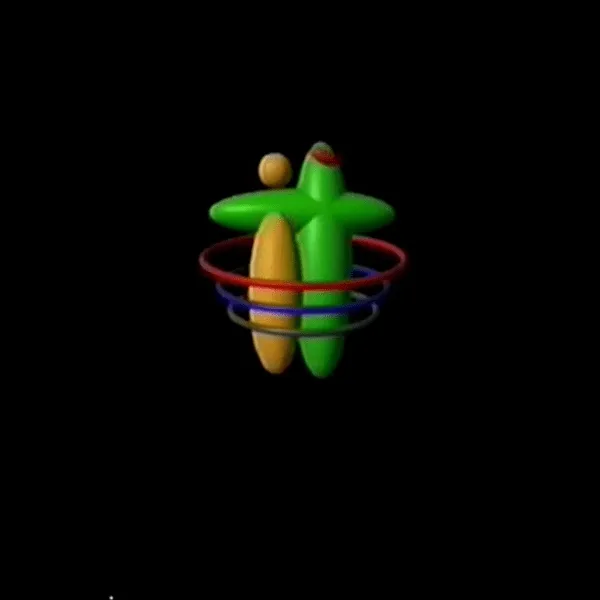Local Review: Sanyo Static – Digital On-Screen Graphic
Local Music Reviews
Sanyo Static
Digital On-Screen Graphic
slowinternet
Street: 02.12
Sanyo Static = Pink Floyd + Kid Francescoli x François Bayle
Sanyo Static’s most recent release, Digital On-Screen Graphic, is a piece of work that’s best described as musique concrète—a technique developed in the 1940s, which was only about 20 years after the television was invented. As a title, Digital On-Screen Graphic is ironic. A digital on-screen logo shows up in the corner of a television screen to indicate to the viewer which station they are watching. But, the origins of this musique concrète emanate from the fact that the listener can’t picture what made the sound, nor the instrument, or tell if it was human-made. It is a nonsensical sound that is unidentifiable in nature. It doesn’t communicate musically, but conceptually and structurally, in the way the soundwaves are made up and manipulated.
Musique concrète has been used by artists like The Beatles, Pink Floyd and Frank Zappa, but these artists used the technique as an embellishment to their music. Sanyo Static has instead created an abstract collection of “songs” that more closely embodies musique concrète from the ’70s and ’80s. The modern twist is with the use of samples, beats and synthesizers. You can hear breaks where there’s musicality of an actual song playing, or something of a chord progression, but there isn’t a single track that’s cohesive enough to feel like one song. There’s a trend that runs through the entire album, most notably heard in “Switching Stations,” where the sound transpires as if you’re sitting in front of a Sanyo television in the ’90s and the channel is constantly changing.
At times, the constant swaps and “switching of channels” caused me to feel a bit anxious, which is a common thing to happen to listeners while entertaining atonal or acousmatic sound. Part of this art is about sitting with that feeling and listening to try to find the bigger picture. This is a similar phenomenon to how moviegoers feel when the film score uses musique concrète, as in Dunkirk or Stranger Things. This can be anxiety inducing, an effect typically aligned with whatever is happening on screen. The filmmakers want you to feel anxious. Sometimes they want you to feel the sweetness of a moment that’s ripped away with the brutality of the next scene. They want the sound to support that emotional shock, much like if the channel was changed from The Sound Of Music to Dr. Terror’s House of Horrors.
The concept of Digital On-Screen Graphic is much like atonality. There isn’t anything to “ground” the sound like a key signature or a time signature, and there’s no musical center. The results yield abstract and chaotic noise that’s spatialized and takes a lot of focus to understand what is happening. But, this is ultimately the point and the philosophy of abstract music like Digital On-screen Graphic. It requires the listener to be more present and train their ears to comprehend the ideas being conveyed. To listen is to meditate.–Mary CulbertsonRead more local music reviews:
Local Music Singles Roundup: April 2022
Local Review: Rebel Rebel – See You In Hell

